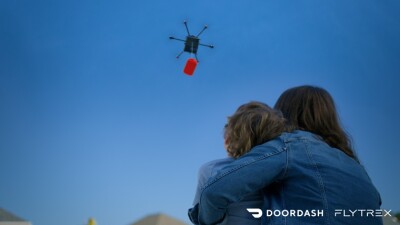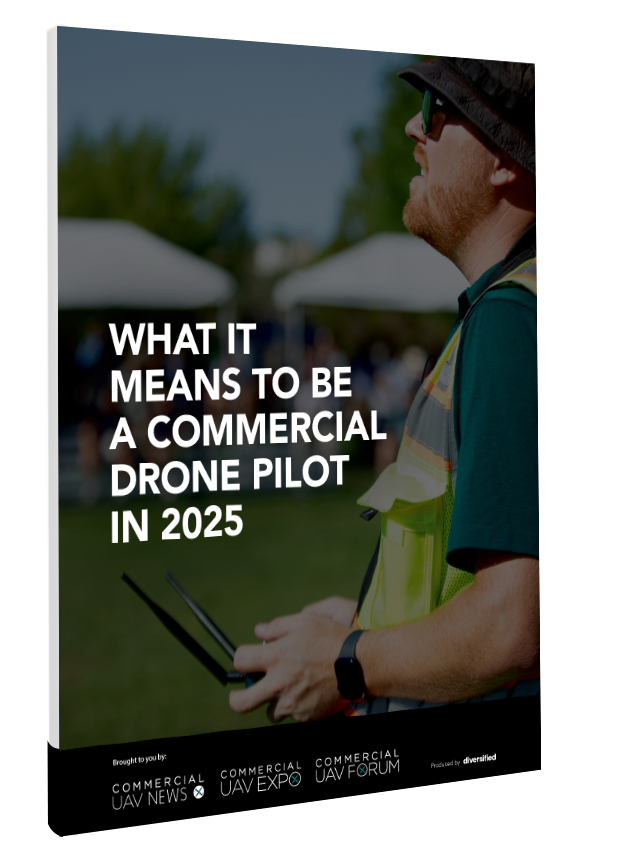To further help first responders to coordinate UAV and manned aviation activity in disaster zones safely and securely, Altitude Angel’s UTM now provides airspace situation awareness via satellite constellations.
In the event of a natural disaster, such as the 2017 and 2018 California wildfires, when unidentified UAVs are spotted in affected areas, emergency services ground rescue helicopters and airtankers while the operator is identified, costing valuable time. However, if the ground infrastructure used by a UTM system to track drones becomes damaged, the whole system can fail to track them, becoming a risk not only for ground personnel but especially for manned aircraft. By taking advantage of satellite networks, Altitude Angel’s UTM will allow any organization or agency to deploy an instant UTM platform for the safe operation of drones in even the most challenging of environments, anywhere on the planet, at any time.
“The platform we’re offering to first responders will bring clarity to what previously could be a confusing air picture,” said Phil Binks, Altitude Angel, Head of Air Traffic Management. “This system will allow ‘blue light’ flights to continue in tandem with UAV operations, safely and securely.”
Last year, the company launched a UTM Conflict Resolution Service (CRS), in two separate phases, to prevent drones and manned aircraft colliding mid-flight, bringing beyond visual line of sight flights (BVLOS) a step closer. The first phase introduced the Strategic CRS. The Strategic CRS informs drone operators during the pre-flight phase of other pilots’ previously submitted flight plans, as well as ground and airspace geofenced areas available in Altitude Angel’s worldwide data feeds and suggests alterations to eliminate the conflict. Then, the second phase brought Tactical CRS, allowing a drone to continuously monitor the airspace for other aerial vehicles or changes to airspace (such as a Temporary Flight Restriction/Dynamic Geofence around a police incident) and automatically perform routing adjustments to maintain separation during the in-flight phase.
“The tactical component of CRS answers the biggest challenge of BVLOS flight: How do you deal with the unexpected,” Richard Parker, Altitude Angel, CEO and founder commented. “Being able to predict and resolve conflict mid-flight by providing appropriate and timely guidance will revolutionize automated flight. CRS is one of the critical building blocks on which the drone and automated flight industries will grow.”
Recently, the company was selected by France’s ANSP DSNA to take part in a nationwide, U-space pre-operational program to build best-in-class solutions for U-space services through a collaborative approach. Altitude Angel will be introducing a UTM platform to the restricted airspace around the international airport of Lyon Saint-Exupéry, the second busiest non-Parisian airport in France after Nice Airport.
In addition to all this, Altitude Angel’s UTM services are now available for free to all first responders in times of need. The company urges anyone interested to get in touch.
















Comments